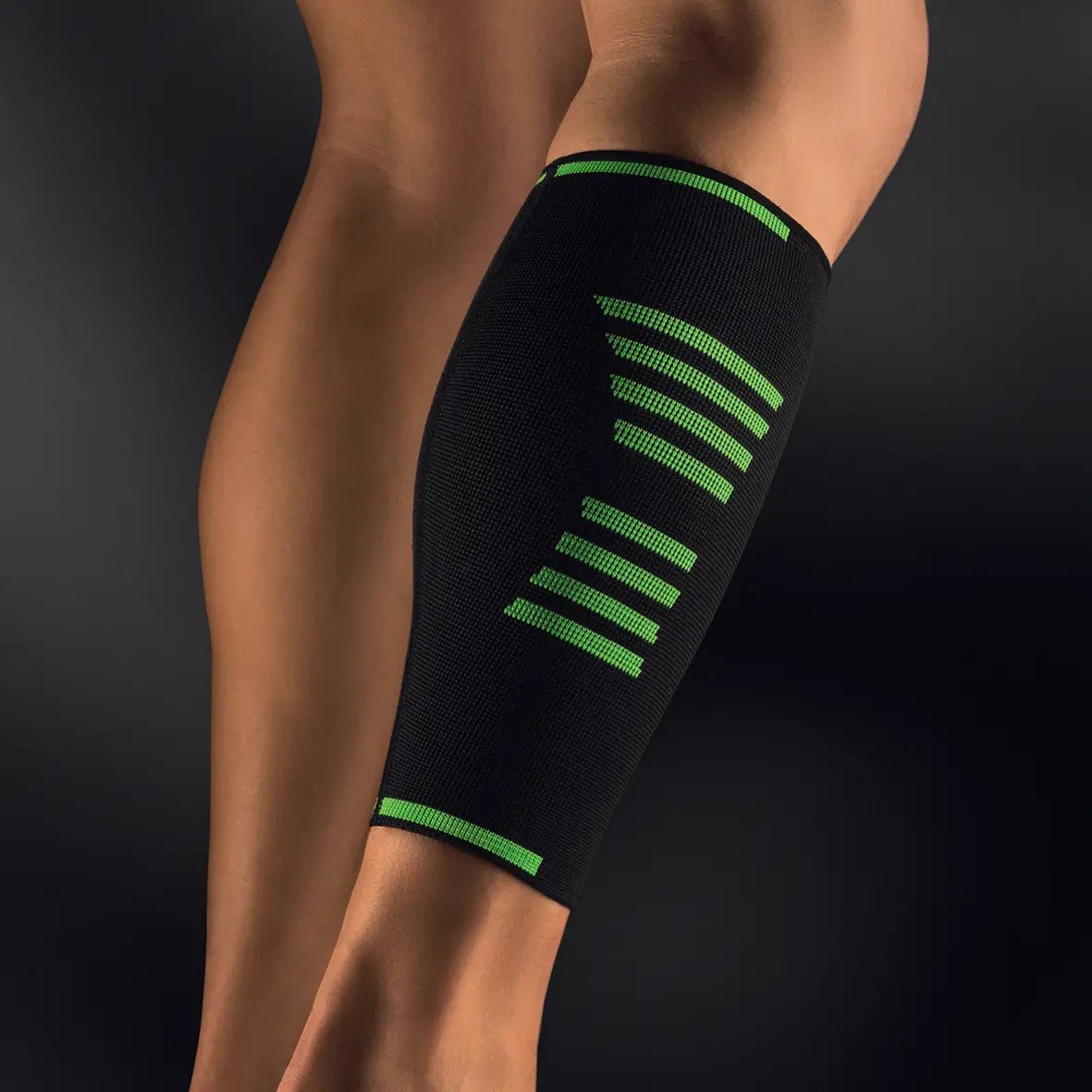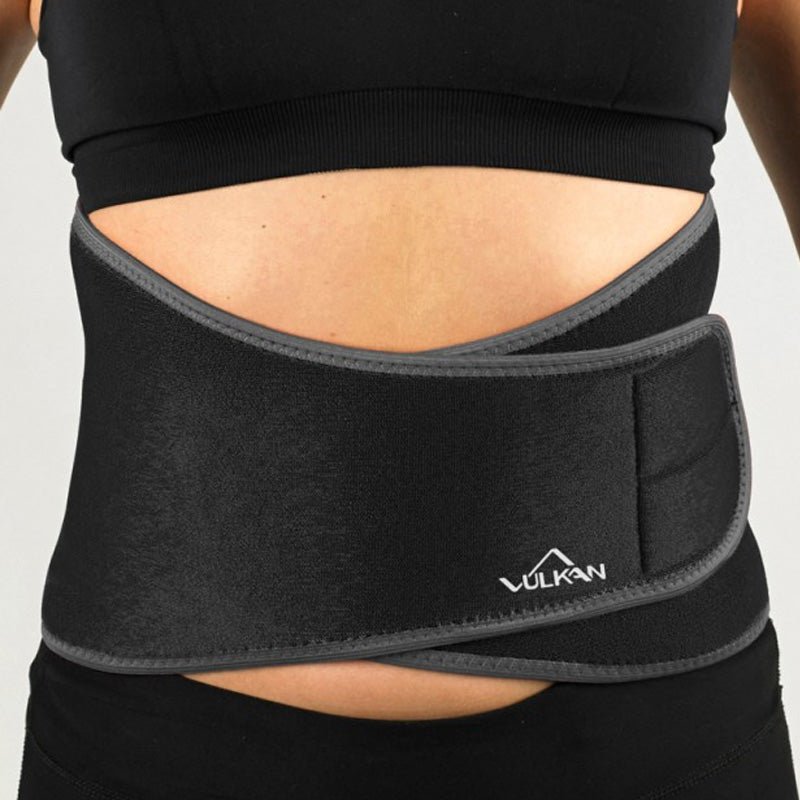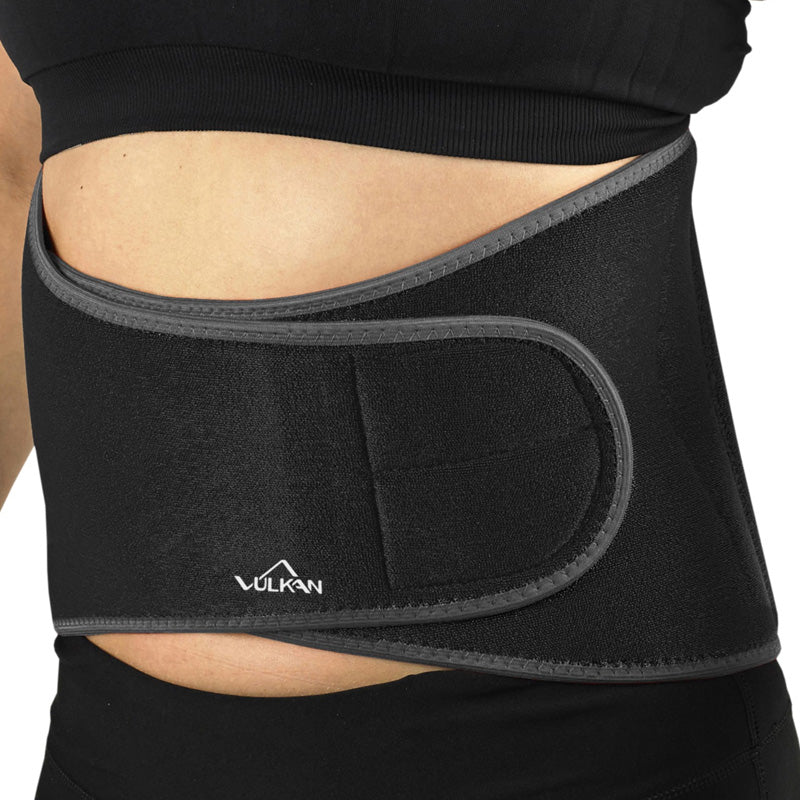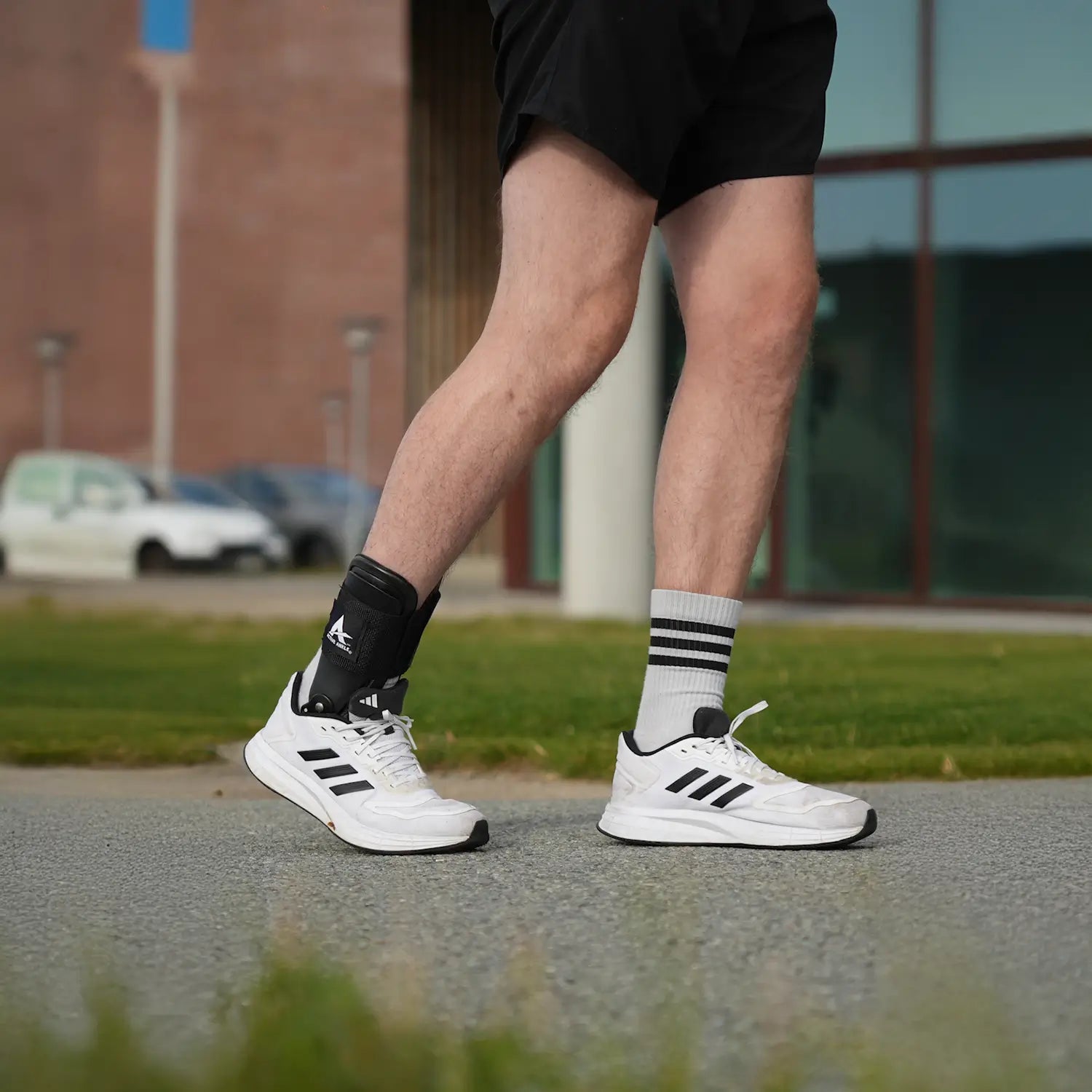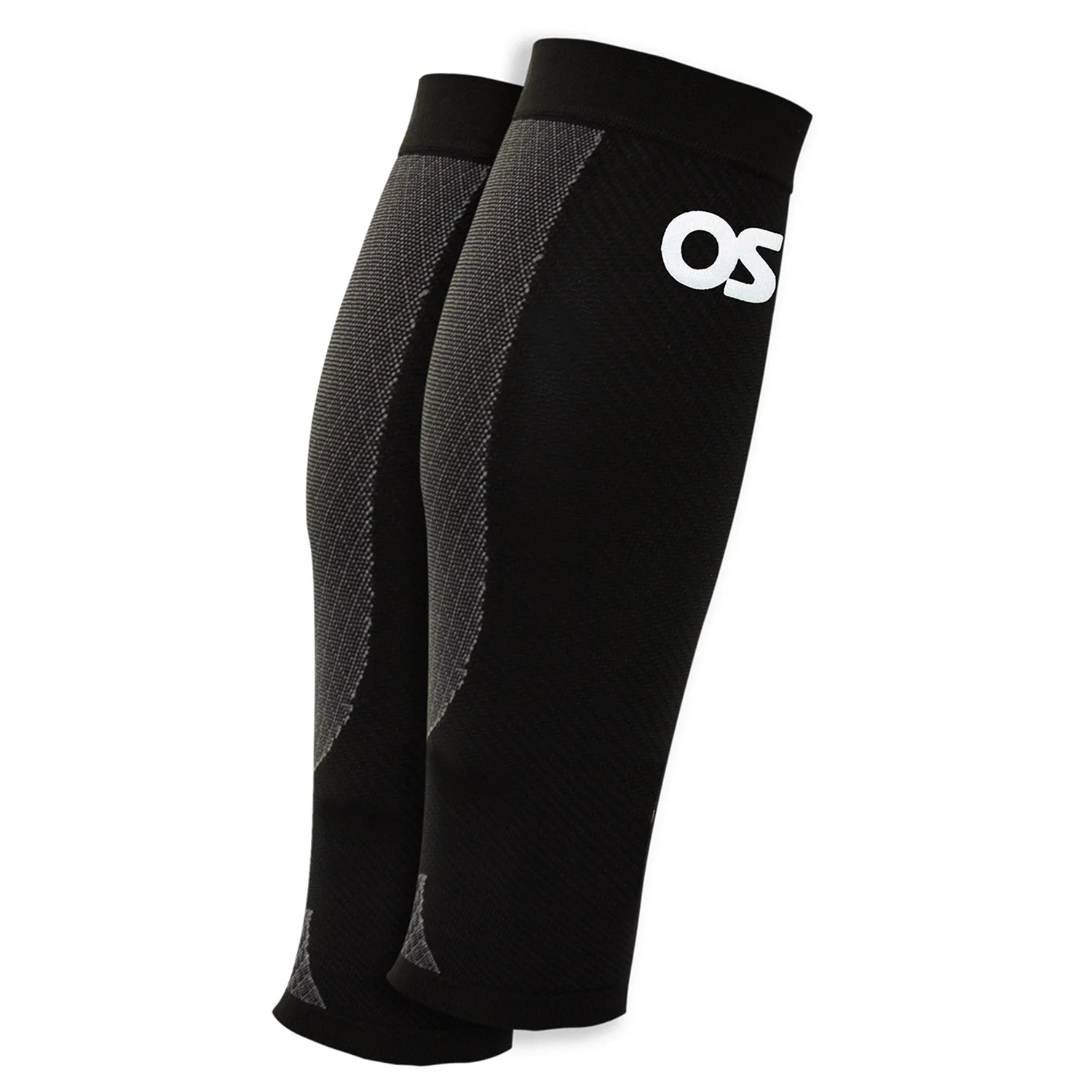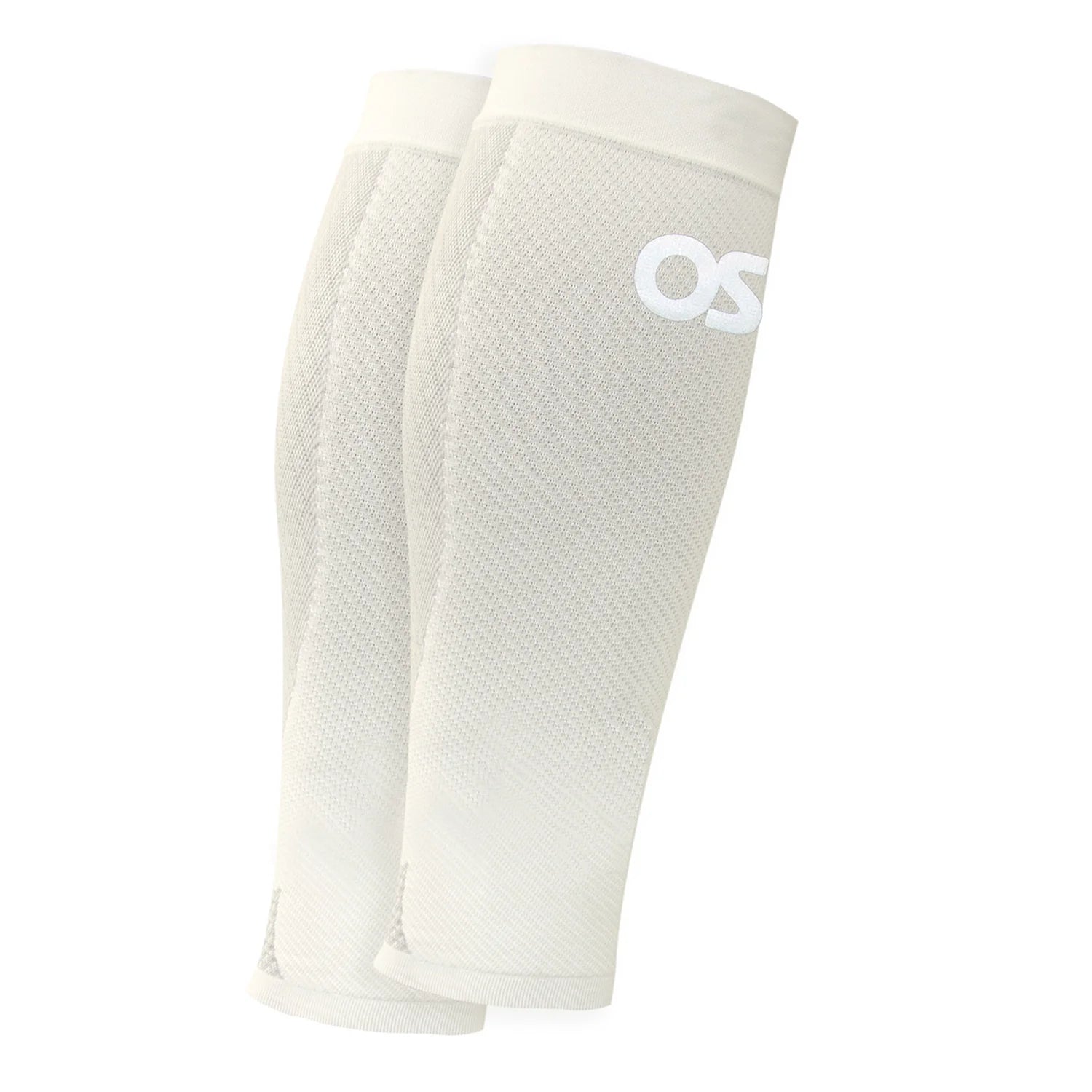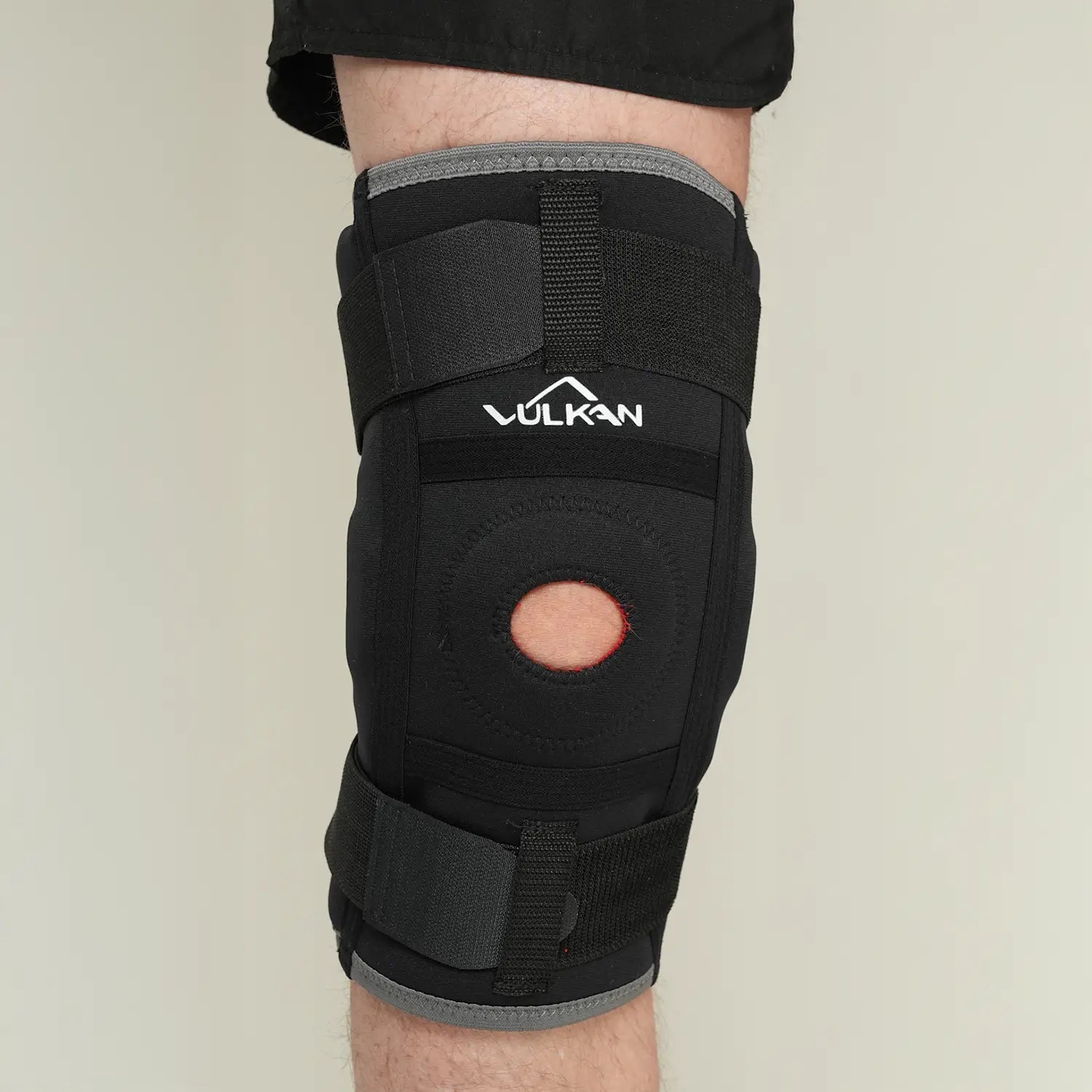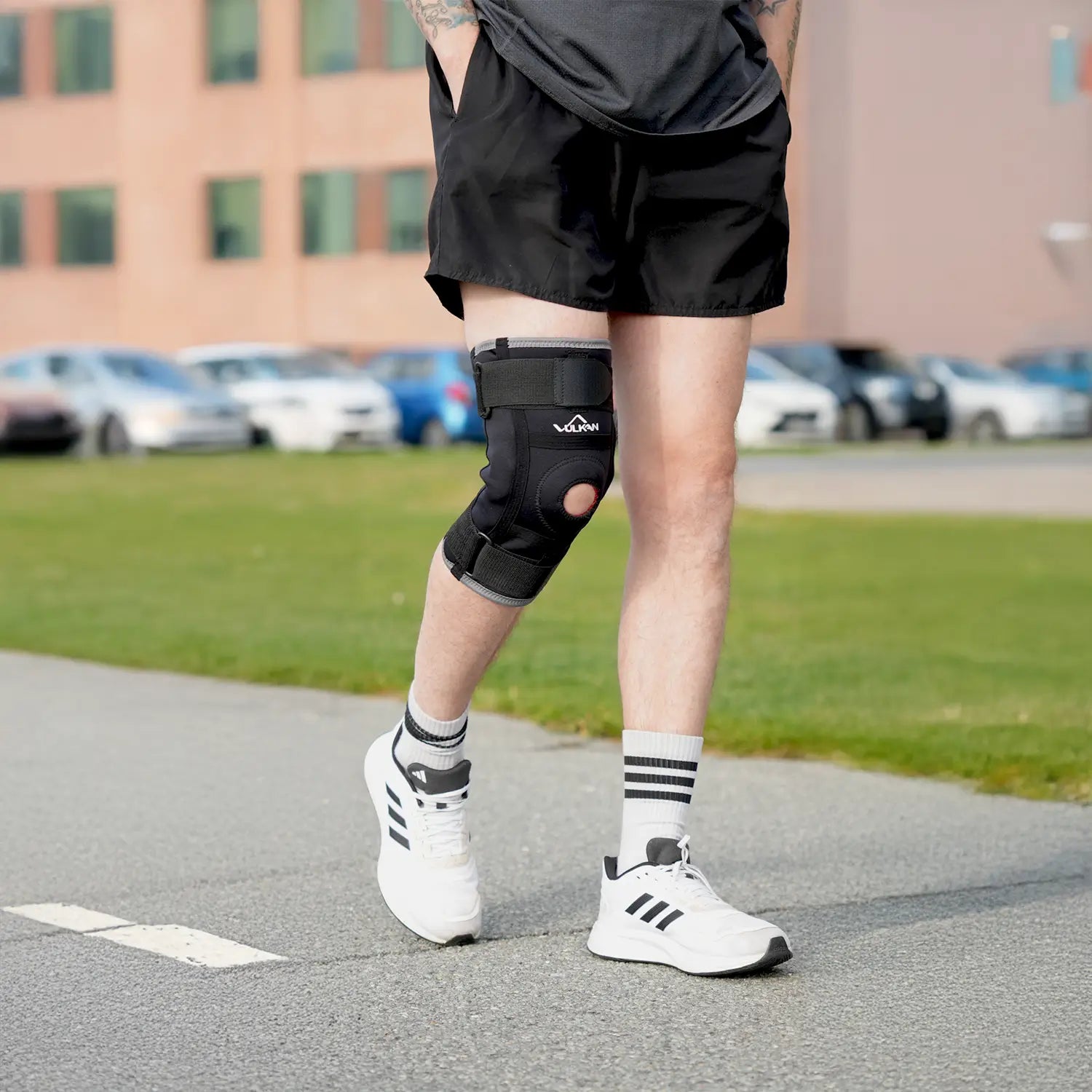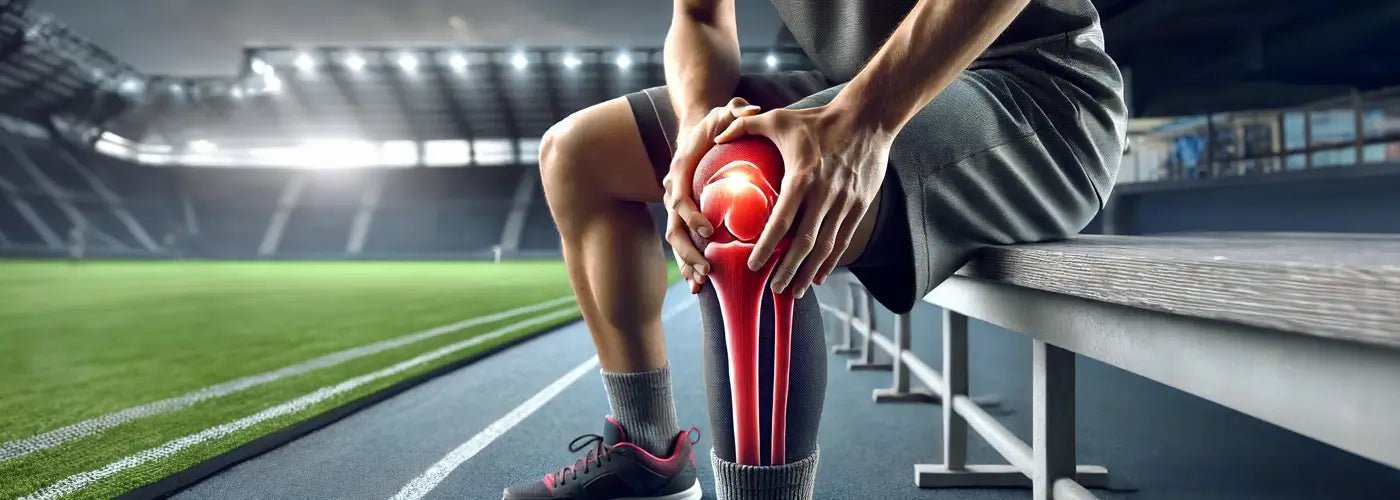
Pain on the outside of the knee
- 1. How to recognize pain on the outside of the knee and what you can do
- 2. Symptoms that may occur
- 3. Common causes of pain on the outside of the knee
- 4. The difference between external and internal pain
- 5. When you should seek medical attention
- 6. What you can do yourself
- 7. Exercises that can relieve pain on the outside of the knee at home
- 8. Prevention advice
- 9. Our products that can help you
How to recognize pain on the outside of your knee and what you can do
Pain on the outside of the knee is common, especially in people who run, cycle or do a lot of off-roading. It is often caused by overuse or injury to the structures on the outside of the knee. This can be caused by runner's knee, a tear in the outer meniscus, or in some cases, an injury to the outer ligament. Whatever the cause, taking the right steps can help you reduce your pain and get back to activity faster.
Symptoms that may occur
The pain is often experienced as a sharp or burning sensation on the outside of the knee when straining. It can come on gradually during longer activities or occur suddenly with a specific movement. In some cases, swelling or stiffness also occurs, making it difficult to bend and straighten the knee fully. With runner's knee, it is common for the pain to disappear when resting but quickly return when activity is resumed.
- Sharp or aching pain when exerting yourself, especially during or after running
- Tenderness localized over the outer side of the knee joint
- Swelling or a feeling of warmth over the area
- Pain that subsides with rest but returns with movement – especially when running, cycling or climbing stairs
Common causes of pain on the outside of the knee
One of the most common causes is runner's knee, where the tight iliotibial band rubs against the outside of the thigh bone, creating irritation. It is common in runners and cyclists, but can also affect people who train a lot on hills or uneven surfaces. The pain can also be caused by an outer meniscus tear that occurs during twisting or rapid lateral movements. In rarer cases, it can be an injury to the outer ligament, usually after a heavy lateral load. In older people, lateral osteoarthritis, where the cartilage on the outside wears down, can cause long-term pain and stiffness.
The difference between external and internal pain
Pain on the outside is most often linked to runner's knee, lateral meniscus injury or lateral ligament injury, while pain on the inside is often due to internal meniscus injury, MCL injury or strain from overpronation. By distinguishing between these, you can choose the right treatment and aids.
When you should seek medical attention
Many problems resolve with self-care, but there are times when you should seek professional advice. If you experience severe pain that does not improve within a few weeks, if your knee is unstable, or if you suspect a ligament or meniscus injury, it is wise to contact your healthcare provider. In the event of prolonged stiffness and pain, an evaluation for osteoarthritis may be necessary.
What you can do yourself
In acute cases, it is good to reduce the activity that triggers the pain. Rest does not have to mean total stillness – walking, light cycling and exercise without external load can be good. Stretching the hip and thigh muscles can relieve runner's knee, while strength training for the hips and core helps stabilize the knee joint. A knee brace that relieves the outside of the knee can provide support and reduce pain during activity.
Exercises that can relieve pain on the outside of the knee at home
Start with simple movements and gradually increase as the pain decreases.
A good exercise is to stand on one leg and slowly bend your knee a few inches, hold your balance for ten seconds, and then switch legs. You can also lie on your side and lift your top leg straight up and down at a leisurely pace to strengthen the outside of your hip. A third exercise is to stand with your legs wide apart and slowly shift your weight from side to side, which will tone and strengthen both legs.
Prevention advice
To avoid recurring problems, it is good to vary your training and avoid sudden increases in intensity. Strength training for the hips, core and thighs gives the knee better stability during lateral loads. The right shoes for your foot type and surfaces adapted to your activity also reduce the risk of recurrence.
Our products that can help you
We offer knee pads that provide support for runner's knee and lateral loading , as well as elastic bandages that provide compression and relief. For extra stability during lateral movements, you can choose models with reinforced side rails. Find the support that suits your needs and return to a more active everyday life.
Do knee pads help with pain on the outside of the knee?
Yes, a knee brace can relieve pressure on the outside of the knee and provide support during activity. It is especially useful for runner's knee or after minor ligament injuries.
What is the most common cause of pain on the outside of the knee?
The most common cause is runner's knee, also called iliotibial band syndrome, where a tendon rubs against the outside of the knee when strained.
Can pain on the outside of the knee go away on its own?
Yes, many complaints are relieved with rest, adapted exercise and stretching. Recovery time can vary from a few weeks to several months depending on the cause.
How do I know if I have runner's knee?
With runner's knee, the pain is most often felt during activity, especially when running or cycling, and goes away with rest. It can return quickly when you start putting weight on it again.
Can an external meniscus injury cause the same symptoms as runner's knee?
Yes, both can cause pain on the outside of the knee, but a meniscus injury often causes locking, swelling and sometimes instability in the knee joint.
What exercises are good for pain on the outside of the knee?
Strengthening exercises for the hips and thighs, such as lateral raises and single-leg squats, can provide stability. Stretching the hip and hamstrings can reduce tension.
How can I prevent pain on the outside of my knee?
By gradually increasing the amount of exercise, using the right shoes, training hip and core strength, and avoiding monotonous movements, the risk is reduced.
When should I seek medical attention for pain on the outside of my knee?
If the pain is severe, does not improve after a few weeks, or if the knee feels unstable, you should contact your healthcare provider for an assessment.





